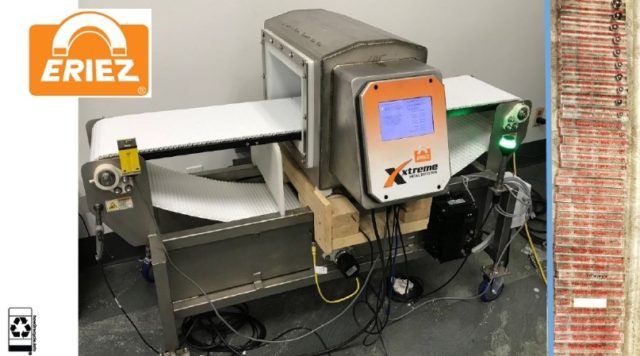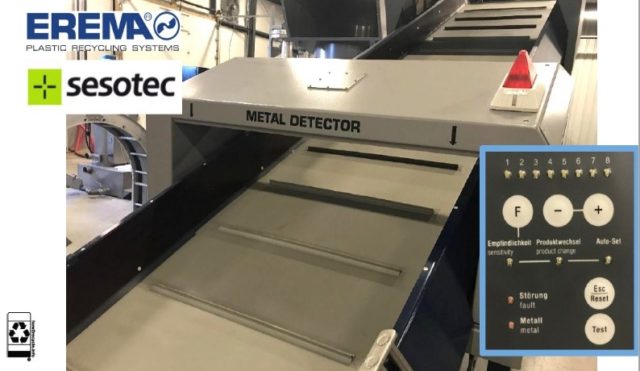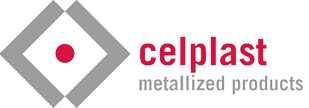Metallized Film’s Journey towards the How2Recycle® Label Program
Report from the Field
Seattle, WA was home to the Sustainable Packaging Coalition’s event, SPC Impact, from April 1st to 4th. Many were in attendance for the presentation titled, “Just One Word: Films” delivered by Kelly Cramer, Lead of How2Recycle and Kristi Hansen, Technical Director, Plastics Forming Enterprises.
Having completed the R&D work behind DURAMET Recyclable PE; a high stiffness, high barrier, recyclable, metallized PE film and achieved success in its acceptance for recycling through the Trex stream, this presentation was important for Celplast Metallized Products Limited in judging the path forward for metallized film to arrive at The Promised Land; i.e. acceptance into the How2Recycle® label program’s Store Drop Off stream.
As witnessed during the presentation, Store Drop-Off is the only recyclability option for flexible packaging at scale in North America today. The How2Recycle® team has been working on many aspects of testing, including anything added or applied onto a standard, base PE film. The team considers these to be specific innovations, including metallized film, EVOH, nylon blends and others. Foil layers, biodegradable additives, wet or sticky products, paper labels, metal attachments, PVC layers, and Rigid PP attachments are not going to be considered for the Store Drop Off stream.
With all other innovations under question, the How2Recycle team was only concerned about the film’s reprocessing capabilities. However, with metallized film, they were also concerned about the film’s sortation potential as PE film recyclers have metal detectors on site.
For the study of sortation potential, 2 different types of metal detectors were used, shown in the pictures below:
 Eriez metal detection technology.
Eriez metal detection technology.
 Erema metal detection commercial technology.
Erema metal detection commercial technology.
Metal Detection and Sortation Protocols
- EREMA; Sesotec technology. At 8, the alarm goes OFF and belt shuts down. This is a commercial technology.
- ERIEZ is a different technology and this needs a correlation that takes the detection signal and converts it into a sphere size.
The Sortation Protocol used was the one in place for rigid packaging structures whereby;
- a sphere size of 0 to 2mm is a green signal
- a sphere size of 2 to 12mm (for PE) or 16mm (for PET) is a yellow signal
- a sphere size above 12 (for PE) and 16 (for PET) is a red signal
The 2 metal detection technologies were not the same, but the concept behind these technologies was similar.
Out of more than 100 packages tested, some of them returned a red signal, meaning the material was kicked out of the process due to a high detection capability. Some packages returned a green signal which was the desired result as the conveyor belt ran uninterrupted. However, some packages gave a yellow signal and it was concluded that these types of packages require more data. They also tried to draw a correlation between surface area and sphere size, but the results were so erratic that this wasn’t possible. The How2Recycle team concluded by mentioning that this was an ongoing study.
In the data presented, they weren’t sure about the identity of each structure that was tested; whether it had aluminum foil, metallized PE or metallized BOPP in them. In addition, the sortation protocol and the boundary conditions used were for rigid packaging structures and as such, they still need to establish the “green signal” sphere size for flexibles. They did extend a call for the industry experts to help them out in this study through knowledge sharing and funding.
After this presentation, I caught up with the speakers and I was told that out of all the structures that returned a yellow signal, only one structure had metallized PE film and that is why they want to make sure what other “kinds” of metallized structures are out there that can return a similar signal. Their eventual goal is to either allot a general label for all packages containing metallized film but if that is not possible, they might still allot the label “Needs To Be Tested” for each package structure.
Having successfully jumped over a few important hurdles, there are still a few to go for metallized film to be accepted in the Store Drop Off stream. One of these, as identified from this presentation, was a lack of existing sortation protocols for flexible packaging whereas another was a lack of a system for the identification of structures which consist of solely metallized PE film.
With that being said, the team at How2Recycle have done amazing work in providing some much-needed direction to the flexible packaging industry with regards to recycling. Celplast Metallized Products Limited has also joined the Sustainable Packaging Coalition to offer our services to the How2Recycle team in resolving the uncertainties surrounding metallized film and recyclability. We hope to see a clearer picture in the days to come.
-Ameer
ahamza@celplast.com
Ameer Hamza
Product Development Engineer
Celplast Metallized Products
Providing the industry’s best customer service
DURAMET® is a family of top-coated, metallized products offering 8 to 10x oxygen and moisture barrier improvement over traditional metallized films across a range of substrates like PET, PE, OPP, PLA etc.

